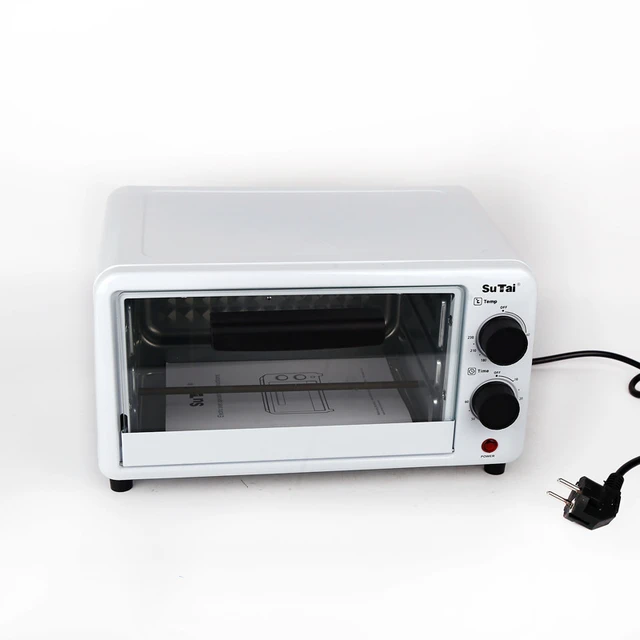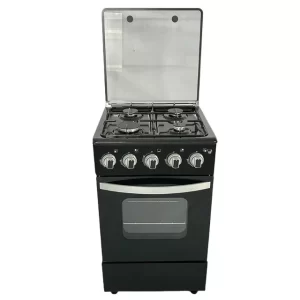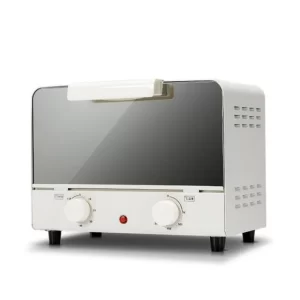Can you have white appliances with white cabinets?
Introduction:
Choosing the right color scheme for your kitchen is a crucial decision when it comes to creating a cohesive and visually appealing space. One popular option is to have white appliances with white cabinets. However, there are factors to consider to ensure that this combination works well together. In this article, we will explore the possibility of having white appliances with white cabinets, examining the advantages, potential challenges, and design considerations. By understanding these factors, you can determine whether white appliances with white cabinets are a suitable choice for your kitchen.

Can you have white appliances with white cabinets?
Embracing a Monochromatic Look:
a. Achieving a Clean and Cohesive Look: Having white appliances with white cabinets creates a monochromatic color scheme that offers a clean and cohesive look in the kitchen. The consistency of color creates a sense of unity and harmony, making the space feel polished and well put together.
b. Enhancing the Illusion of Space: The monochromatic combination of white appliances and white cabinets can contribute to an illusion of a larger and more open kitchen. White reflects light, creating a brighter and more spacious feel. This effect is particularly beneficial for smaller kitchens or those with limited natural light.
Paying Attention to Contrast and Shades:
a. Contrasting Elements: While white appliances and white cabinets may share the same color, it is essential to consider their different textures and finishes. Appliances often have a sleek, glossy, or matte finish, while cabinets may have a different texture or sheen. These contrasting elements help distinguish the appliances from the cabinets, preventing them from blending together too much.
b. Playing with Shades of White: White comes in various shades, ranging from pure white to off-white or cream. Exploring different shades of white for appliances and cabinets can add depth and dimension to the kitchen design. Using slightly different shades can create subtle contrast while maintaining the overall monochromatic look.
Incorporating Texture and Material Contrast:
a. Introducing Texture: To prevent a sterile or clinical appearance, it is crucial to incorporate texture into the design. Pairing white appliances with cabinets that have a textured finish, such as shaker-style cabinets or cabinets with beadboard detailing, adds visual interest and breaks up the monotony of the white-on-white combination.
b. Contrasting Materials: Another way to add contrast is by using different materials for the appliances and cabinets. For example, stainless steel appliances can provide a sleek and modern contrast to white cabinets. This combination creates a contemporary look while maintaining the overall monochromatic color scheme.
Focusing on Accents and Accessories:
a. Statement Countertops: To break up the white-on-white combination, consider installing a statement countertop that contrasts with the appliances and cabinets. Opt for darker materials like black granite or quartz countertops to create a striking focal point in the kitchen. This contrast adds visual interest and prevents the space from looking too monotonous.
b. Bold Backsplash: Another way to introduce contrast and personality is through a bold backsplash. Select a backsplash with vibrant colors, unique patterns, or interesting textures. The backsplash can serve as a visual bridge between the white appliances and cabinets, adding character and visual appeal to the kitchen design.
c. Colorful Accents: Use colorful accessories, such as colorful dishware, small appliances, or decorative items, to add pops of color and personality to the white-on-white kitchen. These accents break up the monotony of the monochromatic color scheme and infuse the space with vibrancy.
Considering Maintenance and Cleaning:
a. Potential Challenges: One challenge of having white appliances with white cabinets is the potential for visible dirt, stains, or smudges. White surfaces can show marks more easily than darker colors. It is important to consider the extra maintenance and cleaning required to keep the appliances and cabinets looking pristine.
b. Choosing Resilient Materials: Selecting appliances and cabinets made from durable materials that are resistant to staining, such as stainless steel or high-quality laminates, can make maintenance easier. Additionally, consider finishes that are easy to clean and maintain, ensuring that the white surfaces remain bright and fresh with minimal effort.
Conclusion:
Having white appliances with white cabinets can create a clean, cohesive, and visually appealing kitchen design. The monochromatic color scheme offers a sense of unity and can make the space feel larger and more open. However, it is important to pay attention to the contrast between different elements, such as finishes and shades of white, to ensure that the appliances do not blend too much with the cabinets. Introducing texture and material contrast adds visual interest to the design, preventing a sterile appearance. Focusing on accents and accessories, such as statement countertops, bold backsplashes, and colorful accents, can break up the white-on-white combination and add personality to the kitchen. Finally, considering the maintenance and cleaning required for white surfaces is important to keep the appliances and cabinets looking pristine. By carefully considering these factors, you can determine whether white appliances with white cabinets are a suitable and visually appealing choice for your kitchen design.

